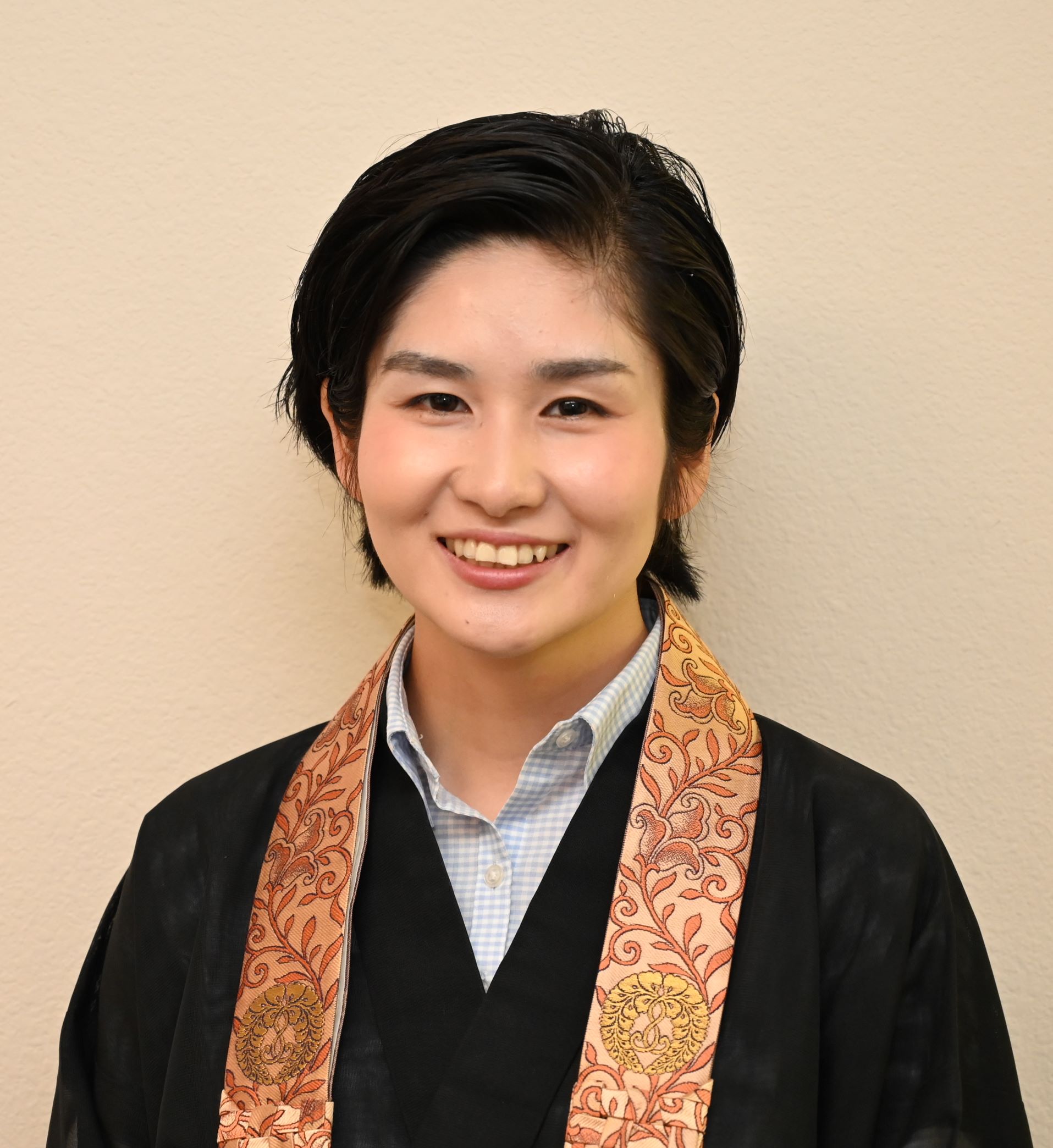This year, 2021 is the special year to commemorate the 1,400th anniversary of Prince Shotoku’s death. Prince Shotoku is considered as one of the most important patriarchs in our Jodo Shinshu tradition. So, we enshrine his image inside of our Naijin to pay respect to his efforts which were given to spread Buddhism in Japan.
Although we might not have seen someone who is 1,400 years old, have you ever seen a 1,400 year-old building? I have! It’s Horyu-ji temple in Nara, Japan. Horyu-ji temple is considered the oldest wooden structure in the world. I have visited there and seen the building on my school trip when I was still a teenager.
“Wow! Is that really what ancient people could do? How could this have been possible? “These were my reactions when I saw the building of the Horyu-ji temple.
The most important thing to make the durable, long-wearing buildings like Horyu-ji temple is to choose the woods which are big, stiff and 2000 years old so that it can maintain its great quality for another 2000 years, even after it’s cut down. So, I heard that special trained carpenter, Miyadaiku takes a look at the condition of the soils and sometimes eats some soils to see if it is good or bad tree. Also, they always check if the trees have as long and thick roots as its height so that the woods can withstand the wind and snow. Moreover, in terms of shapes of wood, they have different shapes but don’t have the exact same shapes just like we are diffident with each other. Some are straight, but others are out of straight and curved. So, the special trained carpenter, Miyadaiku combines the different shaped woods and uses them at the right place to the right use according to its uniqueness. I was very surprised to know that there had been many Miyadaiku’s experienced skills, special knowledge and efforts until Horyu-ji was built. But imagine, there was no dump cars, shovel cars, special tools at that time. I cannot believe that ancient people brought big trees by themselves without any special tool or machines which we have today.
Even today, people are not that ambitious to try to build something that could last for a thousand years. Today, we’ d rather want to make things that will eventually fall apart, to create another business opportunity. But ancient people had a strong, and even desperate yearning for something seemingly impossible, possible. It is mind-bogging.
I believe that there are always wishes included in the buildings.
For example, school. Schools were built based on the people’s wish for kids to enjoy studying new things and broaden one’s possibility to the bright future.
Let’s say, hospital. Hospitals were built based on the wish for healing the patients and keeping people heathy.
As for the Buddhist temples, I believe Prince Shotoku’s wish built the temples. In his time, there were many political wars and continental turmoil all over Japan, people couldn’t live peacefully in the state of turmoil. Prince Shotoku was the first person and politician who devoted himself to introduce the teaching of Buddhism from outside of Japan and integrate the country with the essence of Buddhism in Japan.
Prince Shotoku’s intent, as prince Regent to his Aunt Suiko who succeeded her husband in 593 CE, was to convince the country that Buddhism was exactly what was needed to make people live happily. So, Prince Shotoku introduced the teaching of Buddhism which had still been considered as the foreign religion to Japan and tried to govern the country by respecting the Three Treasures: Buddha, teachings and Sangha.
Shotoku initiated the first two Buddhist temples to be built in Japan. One of them is Horyu-ji temple in Nara, which was built to contain many treasured artworks and artifacts, and he went on to build five more. Based on Shotoku’s wish, he wanted to make temples the place to pay respect to Buddha, to share the teaching of Dharma, and to gather friends who appreciate the same teaching.
Prince Shotoku especially respected and wished to spread the spirit of the Three Treasures in Buddhism all over Japan and to share the happiness with people and he established many temples as the important people where people can gather to hear the Buddhism and respect each other in accordance with the Three Treasures so that he believed that everyone could live happily and respect each other harmoniously. As for this temple, his wish went beyond the country and the difference of language and ethnicity, thanks to our ancestors who transferred from Japan wished to build this temple as an important place where everyone can gather and feel secure. Tracing back to the origins of temples, we can know that the Prince Shotoku’s wish is also included in this temple and our sangha. This is amazing, isn’t it?




